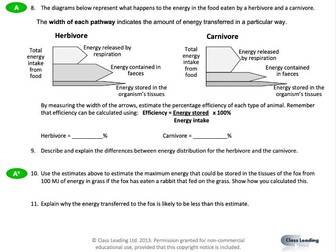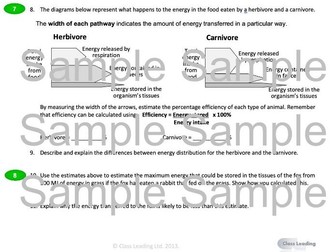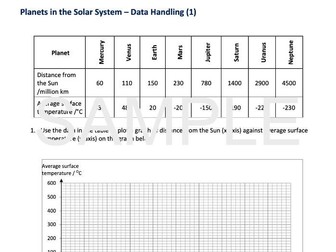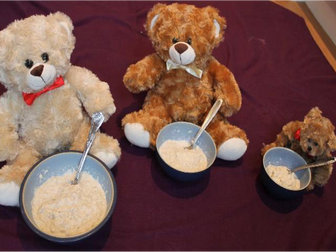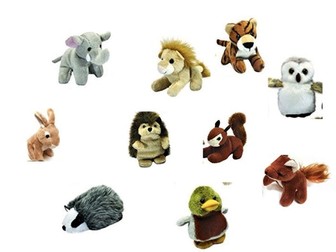
Sound waves on an oscilloscope - with sound
This resource is an interactive slideshow aimed at pupils in KS3/4. It shows the screen of an oscilloscope with different waveforms of sounds. Embedded in the slideshow are sounds that would produce that waveform, so that pupils can hear the sound and see the waveform at the same time. There are slides that show the relationship between the waveform and the sound.
There are also questions at the end that can be used to check that pupils can recall and understand the relationship between the waveform and the sound.
There are worksheets included that can be printed on A4 and included in booklets or pasted into larger books. The worksheets can also be easily cut or folded in half for pupils using smaller books.



